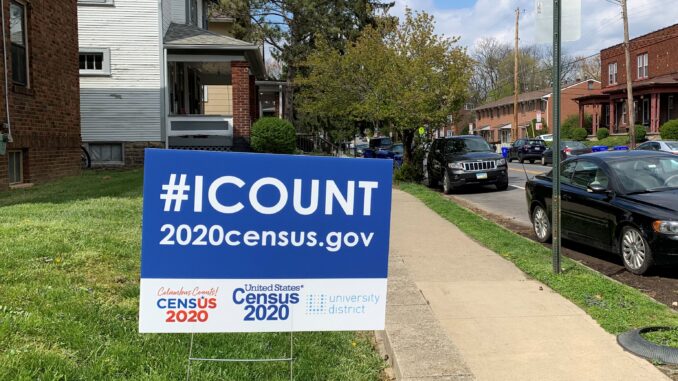
The deadline to respond to the U.S. Census is Wednesday, Sept. 30, and New Paltz is pushing to increase its response rate to reap the benefits the census has to offer.
“The Census is a road map,” said New Paltz Village Trustee Alexandria Wojcik. “Over the next decade, lawmakers, business owners and many others will use the 2020 Census data to make critical decisions.”
The U.S. Census occurs every 10 years and determines congressional representation, how much of $1.5 trillion in federal funding is divided between communities and develops new data on U.S. communities. New Paltz has a self-response rate of 60.4% and in 2010 New Paltz had a response rate of 56.1%. According to the U.S. Census Bureau, New York has a non-response rate of 33.9%. Ulster County has surpassed its 2010 response rate of 57.4% with a 61.3% 2020 response rate, according to the Census 2020 Hard to Count Map.
Overall, Ulster County has a high response rate compared to other counties in the Mid-Hudson Valley. Sullivan County has a 36.1% response rate, Greene County has a 44.1% response rate and Columbia County has 53.5%. However, Putnam County has a response rate of 71%, 10% higher than Ulster County.
Although New Paltz is seeing some improvements compared to its 2010 response rates, the community is still being undercounted.
“On some levels, that is pretty great to see some improvement,” Wojcik said. “But when you look at the data closer, it is as alarming as ever because we are yet again being undercounted — and the people who are missing from our community’s once-every-ten-year selfie are pretty likely to already be marginalized in at least some ways.”
New Paltz’s 73.4% renter population is an obstacle for the community because a large number of tenants move every year.
“If I could get one message out there before the deadline it would be to all landlords and property managers to do whatever they can to urge whomever their tenants were on April 1, 2020, to please fill out the Census survey for that address without delay,” Wojcik said.
According to the census website, “over the next decade, lawmakers, business owners, and many others will use 2020 Census data to make critical decisions. The results will show where communities need new schools, new clinics, new roads and more services for families, older adults and children.”
“Getting a fair and accurate count by Sept. 30 will determine how many water main breaks and brown water days we endure for the next decade,” Wojcik said. “It will determine our community’s climate resiliency and whether we get the support we need for our sidewalks, roads, bike paths and trails. The Census determines how much federal funding we get for our schools, libraries, literally everything.”
To be counted in the 2020 census visit 2020.census.gov and fill out your census before Sept. 30.

